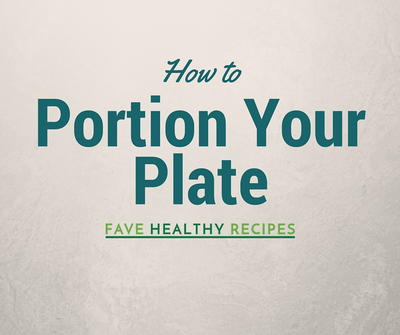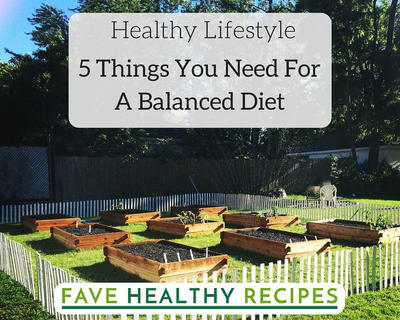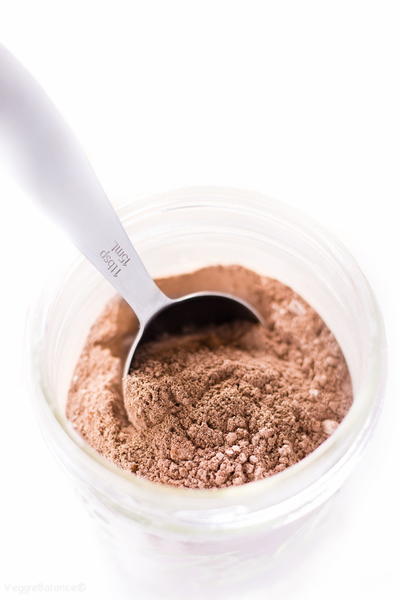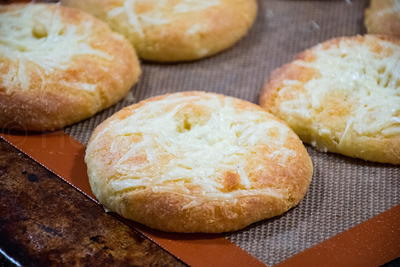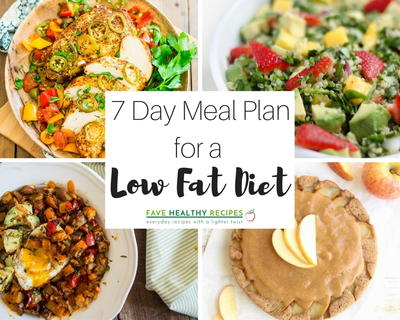The Biggest Loser Diet
What it is: Based on the hit reality weight loss show “The Biggest Loser,” this program -developed by Tufts University obesity specialist Michael Dansinger – combines a low-calorie diet with a healthy amount of exercise. The 3-month program has dieters eating small, frequent meals that are high in fiber and protein, as well as exercising daily.
How it works: The Biggest Loser Diet focuses on the quality of the calories you consume, making sure you are burning more calories than you eat and beating hunger before it happens. The elimination of starches and other appetite stimulators will reduce your hunger, along with the frequent consumption of small whole food meals.
What you do: The diet book includes an eating plan for 1,200, 1,500 and 1,800 calorie diets. The diet follows The Biggest Loser 4-3-2-1 pyramid concept, which lays out the number of servings one should eat from a given food group. It works like this:
• 4 servings of fruits and vegetables
• 3 servings of protein – lean, vegetarian or low-fat dairy
• 2 servings of whole grain
• 1 extra of fats, oils, sweets or alcohol (up to 200 calories)
Dieters are also urged to cut back on processed foods and saturated fats. Cheryl Forberg, a chef and dietician who helped develop the diet, sums it up with a good rule of thumb, “If you can’t pronounce an ingredient on a box, don’t buy it.”
Benefits: Doctors agree that this plan is a great way to lose weight and maintain a healthy lifestyle. (They do caution dieters to ensure that they are consuming at least 1,200 calories a day, as a diet with a lower caloric intake may be dangerous.)
The Down Side: Because the diet is low in calories, the body may not be getting the proper amounts of vitamins and nutrients that it needs. Many doctors recommend taking a multivitamin as a nutritional supplement.
Read NextKeto Asiago Bagels


